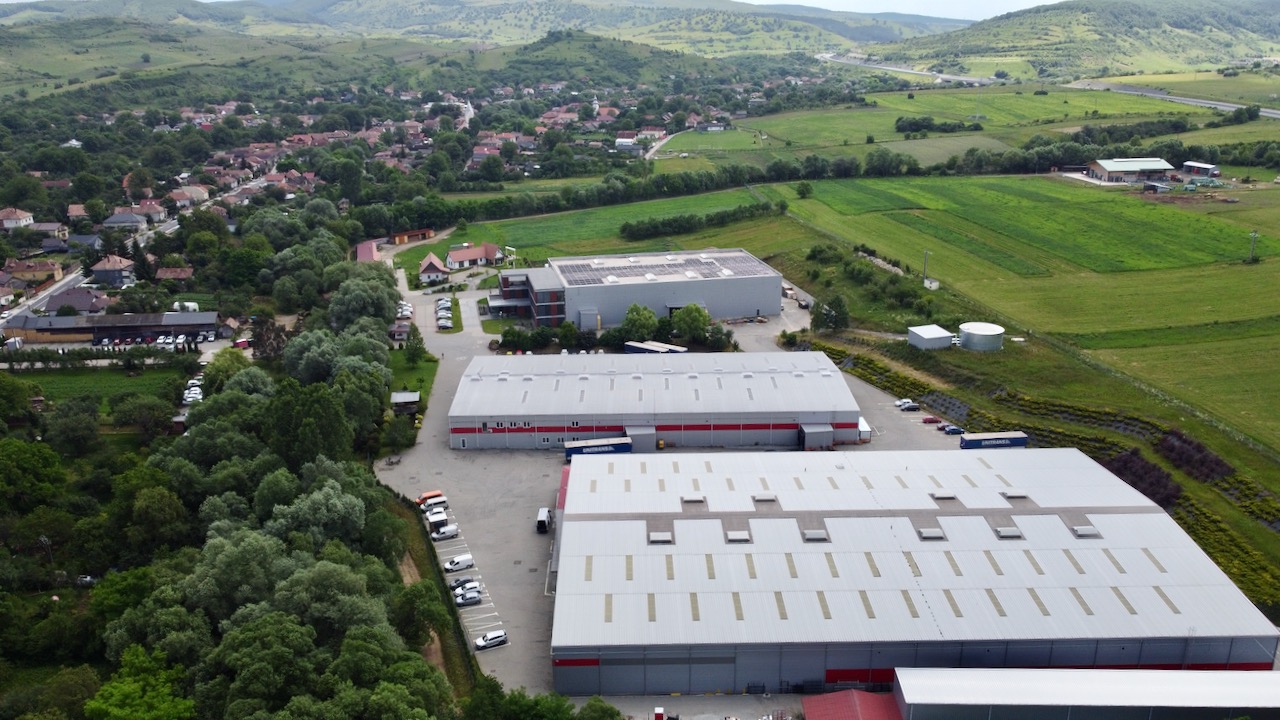- Comuna Săvădisla
- Primăria
- Consiliul Local
- Informații de Interes Public
- Noutăți
- Taxe și Impozite
- Stare Civilă
- Asistență Socială
- Registrul Agricol
- Urbanism
- Fond funciar
- Achiziții Publice
- Buget
- Bilanțuri Contabile
- Solicitare Informații – Legea 544/2001
- Declarații de Avere si Interese
- Transparență Decizională
- Integritatea Instituțională
- Registrul de Evidență a Sistemelor Individuale Adecvate pentru Colectarea și Epurarea Apelor Uzate
- P.N.R.R.
- Contact
- Monitorul Oficial Local
Economie
- Acasă
- Comuna Săvădisla
- Economie
- Comuna Săvădisla
- Primăria
- Consiliul Local
- Informații de Interes Public
- Noutăți
- Taxe și Impozite
- Stare Civilă
- Asistență Socială
- Registrul Agricol
- Urbanism
- Fond funciar
- Achiziții Publice
- Buget
- Bilanțuri Contabile
- Solicitare Informații – Legea 544/2001
- Declarații de Avere si Interese
- Transparență Decizională
- Integritatea Instituțională
- Registrul de Evidență a Sistemelor Individuale Adecvate pentru Colectarea și Epurarea Apelor Uzate
- P.N.R.R.
- Contact
- Monitorul Oficial Local

Economia comunei Săvădisla este determinată de faptul că comuna este situată în vecinătatea municipiului Cluj-Napoca.
Comuna are 272,3 hectare de teren arabil, 1 250 hectare de pășuni și 2009,8 hectare de pădure. Din cauza calității slabe a terenurilor, mulți dintre locuitorii comunei au fost nevoiți în trecut să-și caute alte mijloace de subzistență.
În timpul perioadei comuniste, fermierii din Săvădisla, Vlaha, Lita, Liteni și Vălișoara au fost obligați să se alăture cooperativelor agricole (CAP). În satele Stolna, Finișel și Hășdate, care erau situate în văi înguste la poalele munților, nu s-au format CAP-uri, astfel că locuitorilor li s-a permis să se gospodărească în mod independent.
Creșterea animalelor este cea mai caracteristică activitate agricolă în comună, iar terenurile arabile sunt folosite în principal pentru asigurarea hranei animalelor. În ultimii ani, fermierii au primit subvenții de aproximativ 1,2 milioane de euro pe an de la Uniunea Europeană prin intermediul Agenției de Plăți și Intervenție pentru Agricultură (APIA).
A fost o circumstanță fericită în dezvoltarea economică recentă a comunei când compania americană Bechtel, care a fost însărcinată cu construirea autostrăzii A3, și-a instalat baza de producție la periferia localității Lita între 2003 și 2013. Construcția șoselei de mare viteză a oferit locuri de muncă pentru mulți localnici, iar municipalitatea a putut păstra o parte din impozitele plătite de companie.
O parte semnificativă a populației comunei face naveta pentru a lucra în Cluj-Napoca. Cu toate acestea, există sute de firme înregistrate în comună. Dintre acestea, 255 au active pentru care plătesc taxe locale și, prin urmare, sunt înregistrate la primărie.
Cel mai mare investitor și angajator din comună este Grupul de investiții Mendola, cu sediul în Vlaha, din care face parte Roseco Srl., unul dintre pionierii din industria de sortare, reciclare și comercializare en gros a produselor textile, Lamajole, un lanț de magazine de îmbrăcăminte second-hand, Nobila Casa, un lanț de magazine de decorațiuni interne pentru casă, Decocenter, un lanț de magazine de textile pentru casă, Green Table, o companie de catering pentru angajații grupului Mendola din Vlaha, și Székely T. PFA, firmă care activează în domeniul creșterii animalelor, al prelucrării laptelui, și al vânzării de produse lactate. Grupul are aproximativ 300 de angajați la sediul său din Vlaha și alți 250 în sucursalele sale din alte localități.
Mendola Investment Group
DogStar Pet Hotel
DogStar Pet Hotel a fost deschis de iubitori de animale, cu experiență în îngrijirea câinilor în 2024 la Săvădisla nr. 1-3. pentru a sprijini stăpânii de animale și a oferi un motiv de bucurie pentru căței. La Pet Hotel sunt primiți animale din tot județul Cluj.
- UAT Săvădisla
- 2.005
- Str. Principală, Nr. 35, Comuna Săvădisla, 407505, Județul Cluj
- +40 264 374 275
- +40 264 374 275
- primsav@yahoo.com


